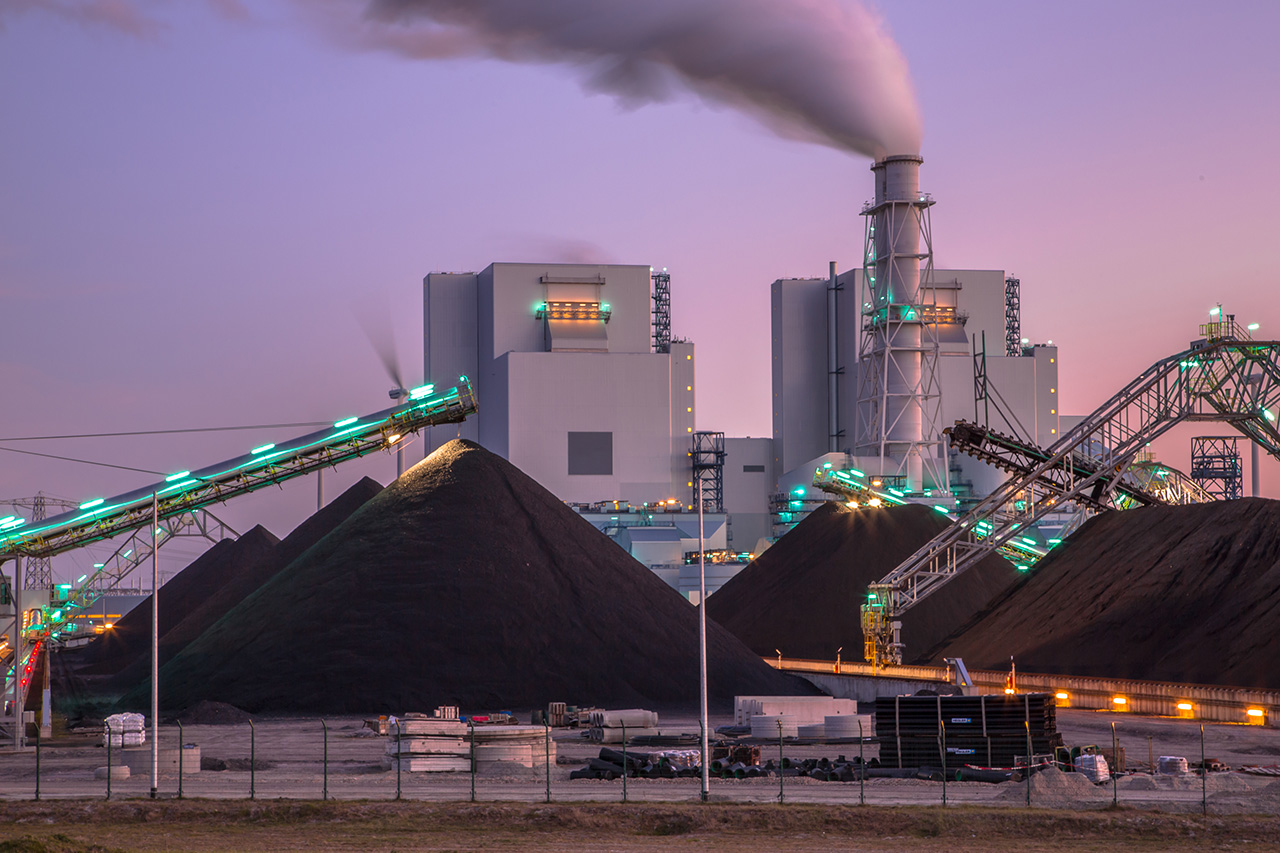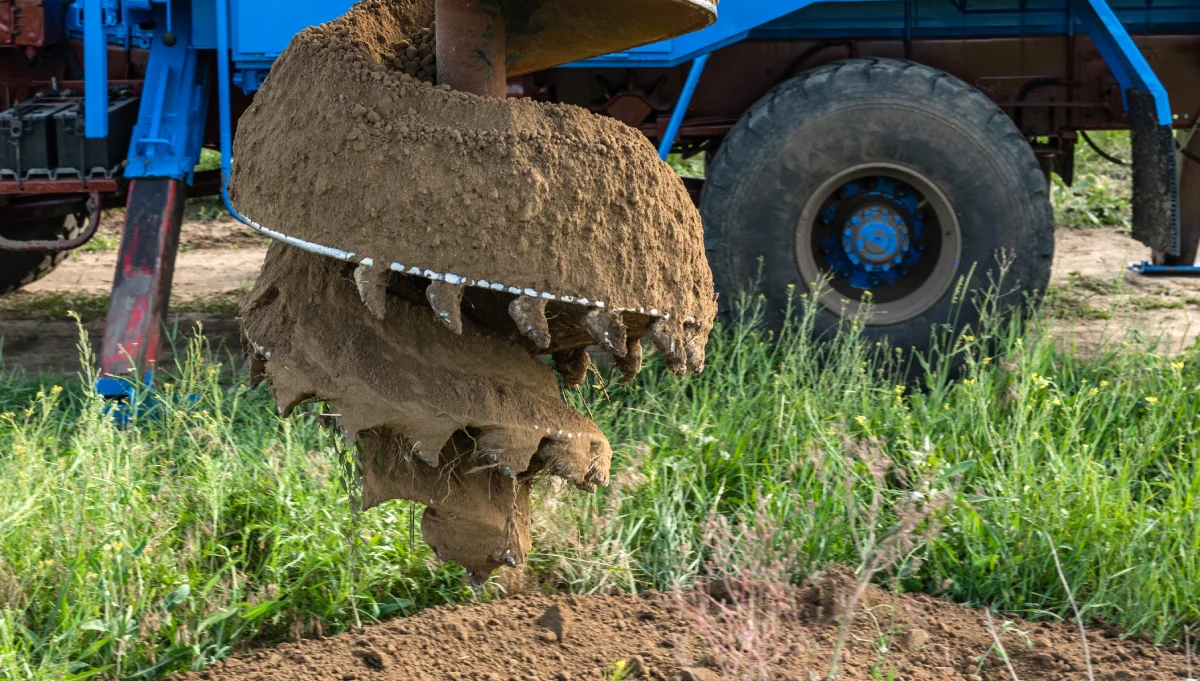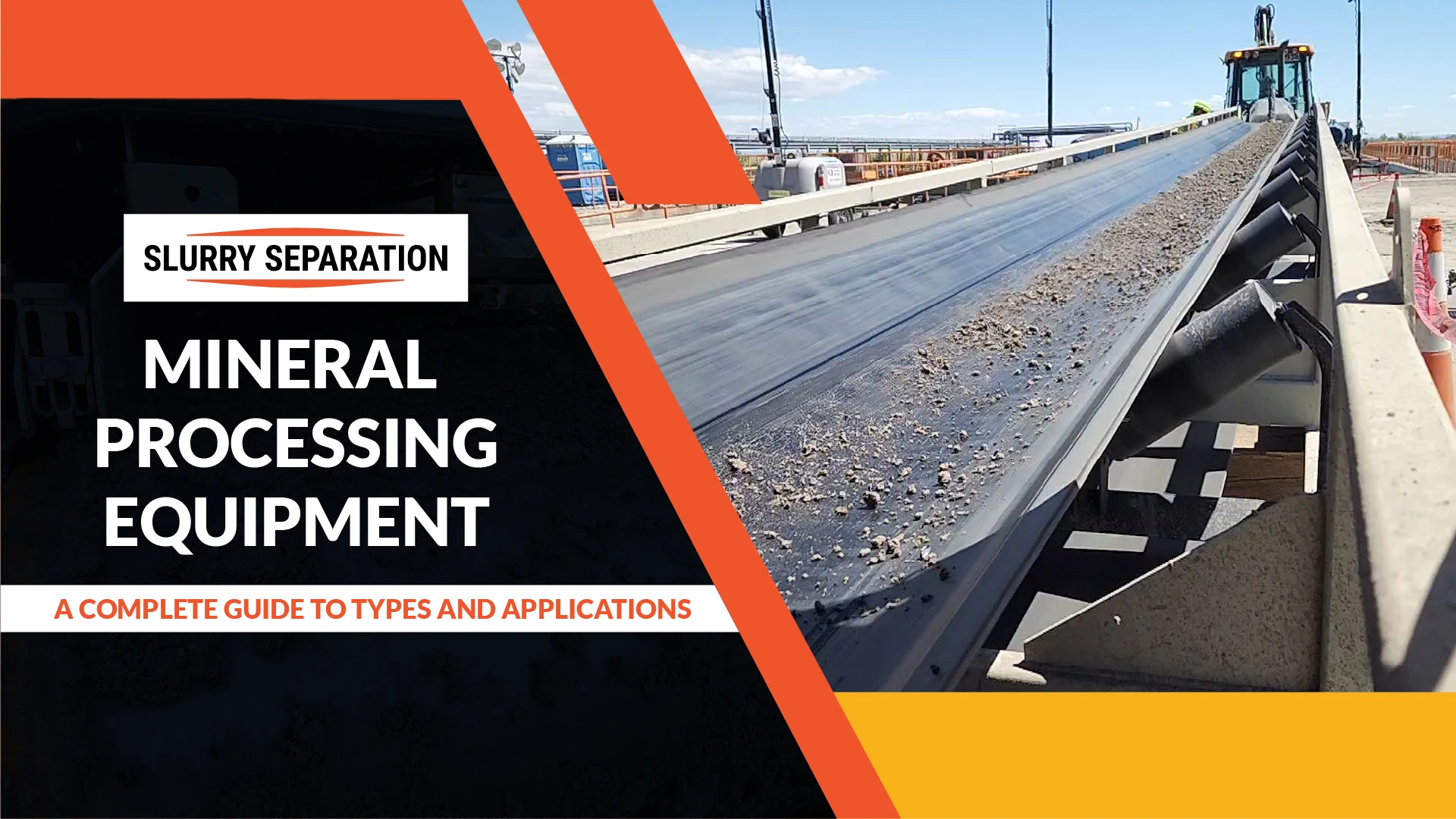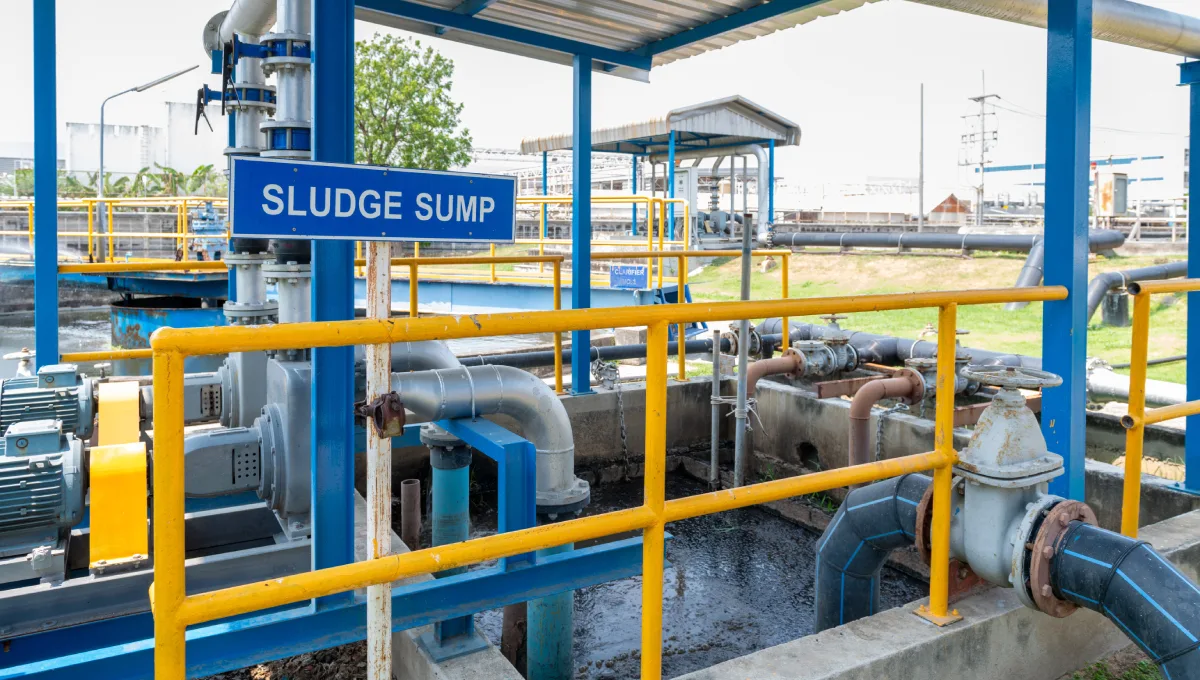Fly ash is a fine, powdery byproduct generated from the combustion of pulverized coal in power plants. It is composed primarily of silica, alumina, iron oxide, and calcium oxide, along with various trace elements. Due to its chemical composition and physical properties, fly ash has become a valuable resource with numerous industrial applications. However, before it can be utilized effectively, fly ash must undergo a separation process to remove impurities and ensure its suitability for specific applications.
The Fly Ash Separation Process Explained
The separation process for fly ash typically involves several stages to remove unwanted contaminants and classify the material based on particle size and density. While specific techniques may vary depending on the desired product specifications and end-use applications, the following are typical steps involved in the fly ash separation process:
1. Collection and Storage
Fly ash is collected from the flue gas stream of coal-fired power plants using electrostatic precipitators or baghouses. Once collected, it is transported to storage silos for temporary containment before further processing.
2. Conditioning
In some cases, fly ash may require conditioning to improve its handling properties and facilitate separation. Conditioning agents such as water or chemicals may be added to the fly ash to enhance its flowability and aid in particle separation.
3. Screening and Classification
The first step in the separation process involves screening the fly ash to remove oversized particles and debris. This is typically accomplished using vibrating screens or air classifiers, which separate the fly ash into different size fractions based on particle size distribution.
4. Magnetic Separation
Magnetic separation is often employed to remove magnetic impurities such as iron oxides from the fly ash. High-intensity magnetic separators are used to attract and remove ferrous contaminants, thereby improving the purity of the fly ash.
5. Density Separation
Density separation techniques such as centrifugal separation or froth flotation may be utilized to further refine the fly ash and separate it into different density fractions. This helps remove lightweight impurities such as unburned carbon or cenospheres, which have different densities compared to the main fly ash particles.
6. Thermal Treatment
In some cases, thermal treatment processes such as calcination or sintering may be employed to modify the properties of the fly ash and enhance its suitability for specific applications. Thermal treatment can help improve the pozzolanic activity of fly ash, making it more reactive in cementitious materials.
Importance of Fly Ash Separation Technologies in Critical Industries
Fly ash separation technologies and the process plays a crucial role in several critical industries, including construction, infrastructure development, and environmental remediation. Its importance can be attributed to the following factors:
1. Cement and Concrete Production
Fly ash is widely used as a supplementary cementitious material in the production of cement and concrete. Separation processes help ensure that the fly ash meets the required quality standards for use in concrete, where it enhances workability, durability, and strength while reducing the carbon footprint of construction projects.
2. Soil Stabilization and Waste Management
Separated fly ash can be utilized in soil stabilization applications to improve the engineering properties of soils and reduce their susceptibility to erosion and settlement. Additionally, fly ash separation enables the recovery of valuable materials from waste streams, contributing to sustainable waste management practices.
3. Lightweight Aggregate Production
Fly ash can be processed into lightweight aggregates for use in lightweight concrete, masonry blocks, and other construction applications. Separation processes are essential for removing impurities and controlling the particle size distribution of fly ash aggregates to meet specific product requirements.
4. Environmental Remediation
Fly ash separation plays a vital role in environmental remediation efforts by facilitating the recovery and reuse of fly ash from landfills, coal ash ponds, and other waste disposal sites. This helps mitigate the environmental impact of coal combustion residues while conserving natural resources and reducing greenhouse gas emissions.
Slurry Separators: Huge For Fly Ash Separation
The fly ash separation process is a critical step in harnessing the potential of fly ash for various industrial applications. By removing impurities and classifying the material based on particle size and density, fly ash separation technologies ensure that fly ash meets the stringent quality requirements of critical industries such as construction, infrastructure development, and environmental remediation. Through effective separation and utilization, fly ash contributes to sustainable development initiatives, resource conservation, and environmental protection efforts on a global scale.




